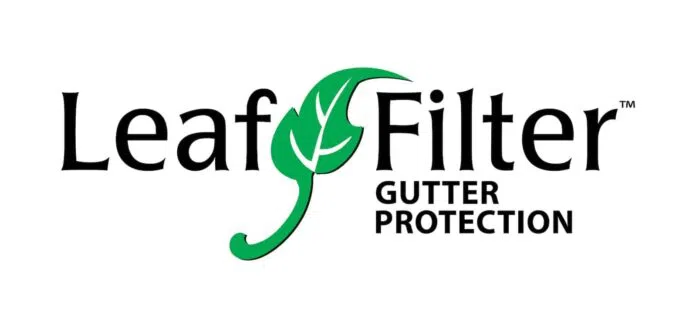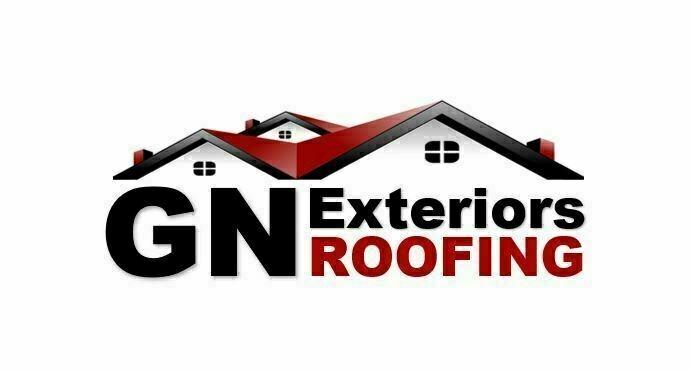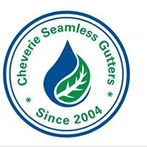Signs You May Need Gutter Guards
Gutter guards aren’t always necessary, but the signs of overflowing and clogged gutters are clear. Here are some signals of chronic gutter issues:
- Leaky seams or joints where water leaks out of gutters
- Visibly saggy, damaged, or misaligned gutters that no longer correctly direct rainwater
- Mold growth, interior wall stains, or peeling exterior paint on walls near gutters.
- Soggy ground or visible erosion around your foundation
- Frequent clogs that cause overflow and water to spill over gutters
How To Choose a Gutter Guard Installer
Assess Their Experience
The right installation company will have ample experience, including many years in business and experience with numerous brands and models. Companies with experience can properly measure and install gutter guards to meet your distinct needs. Ask how long a company has been doing installations and request referrals from nearby customers.
Verify Proper Licensing and Insurance
When getting in touch with potential installation providers, always confirm that they are licensed, bonded, and insured with both general liability and workers compensation policies. This protects you if any injuries or accidents happen. Ask for current licensing and insurance papers from potential providers.
Choose Reputable Brands
Look for well-known gutter guard brands such as LeafFilter and Gutter Helmet when selecting an installer. Avoid off-brand or generic no-name guards, which likely do not undergo the same level of rigorous testing.
Seek Custom Fit Services
Your guards should be custom fitted on location to match your gutters. Select a company that custom measures and trims guards for your home rather than using universal guards. Guards fitted for your home leave no gaps for debris accumulation.
Examine Warranties
High-quality gutter guard installers normally offer 20-year or lifetime warranties that cover clogs, leaks, rust, and other defects. Before picking a company, carefully read through the warranty terms for both materials and workmanship guarantees. Warranties are the best way to safeguard your investment into your gutters.
Check Reviews and Referrals
Take some time to research online reviews on sites such as Google Reviews, Yelp, or the Better Business Bureau (BBB) to learn more about customer experiences. You can also ask neighbors who they would recommend for quality gutter guard businesses in your area. When researching potential providers, we recommend selecting companies with consistently good reviews rather than just one or two reviews.
Types of Gutter Guards
The six primary gutter guard types are as follows:
- Foam guards are lightweight and easy to install. This type of guard catches debris on the foam and keeps it out of your gutter. On average, you can expect to pay $2.48 per linear foot for foam guards.
- Brush guards are just what they sound like: large brush bristles that sit in your gutters and block debris but let water through. On average, you can expect to spend $4.08 per linear foot for brush guards.
- Screen guards have large holes that let water flow through while keeping debris out. On average, you can expect to spend $4.99 per linear foot for screen guards.
- Mesh guards have smaller holes than screen guards and similarly stop debris while letting water flow through. These guards are durable and encourage debris to slide off rather than sit on your gutters. On average, you can expect to pay $4.60 per linear foot for mesh guards.
- Micro-mesh guards are usually the most effective. Micro-mesh guards have smaller holes than regular mesh guards and let even less debris through. On average, you can expect to pay $5.63 per linear foot for micro-mesh guards.
- Surface tension guards, also called reverse curve guards, use surface tension to let water flow into your gutters while debris slides off. Generally, they will be visible from the ground. Surface tension guards cost roughly $3.64 per linear foot.













